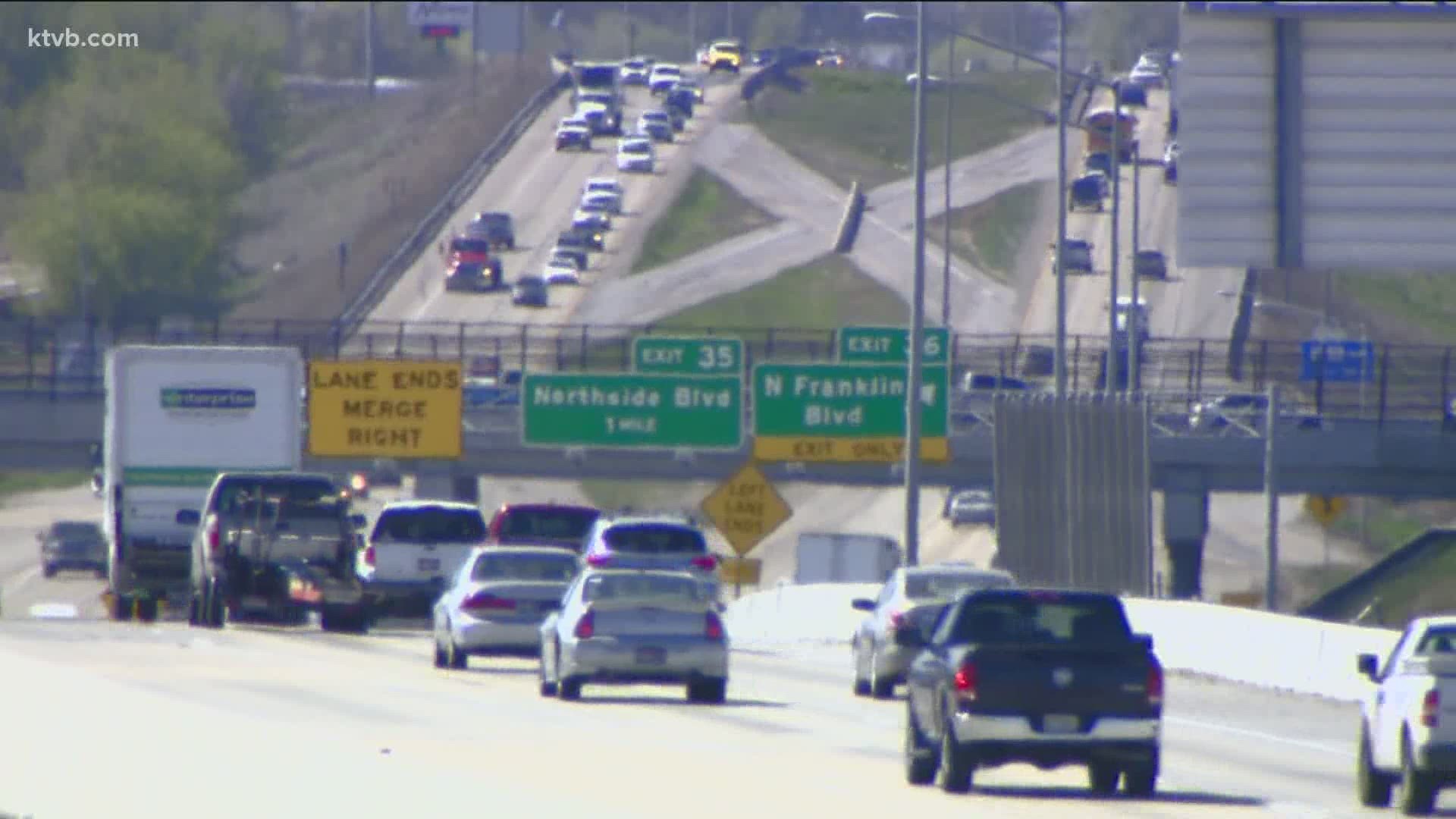BOISE, Idaho — People dying in a wrong-way crash is a rare occurrence, according to the American Automobile Association (AAA). Just 4% of deaths on America's highways were caused by a wrong-way driver.
However, these types of crashes almost always involve a head-on collision, and according to new research by AAA, the problem is getting worse.
Between 2015 and 2018, there were around 500 wrong-way fatal crashes per year on U.S. roads. That's a 34% increase from 2010 to 2014. In Idaho, wrong-way deaths are up 50%, climbing from two to three deaths each year.
"Between 2010 and 2018, just over half of those killed in a wrong-way crash were the wrong-way driver, which means that during this type of collision, everyone's life is at risk," AAA Idaho public affairs director Matthew Conde said in a statement. "We need to get a handle on this issue, particularly in rapidly-growing states like Idaho."
AAA compared the characteristics of wrong-way and other drivers who were involved in the same crash, revealing several key risk factors in the process:
• Alcohol use. Six in ten wrong-way crashes involve an impaired driver. In these crashes, those who are over the legal limit are 18 times more likely to be a wrong-way driver.
• Older drivers. In the crashes that AAA studied, more than two-thirds of drivers aged 70 to 79 years old and 92% of drivers aged 80 years and over were wrong-way drivers.
• License status. Wrong-way drivers are also more likely to be driving with an invalid, expired, or suspended driver's license than right-way drivers.
"There are a couple of other interesting takeaways from the new AAA study. Wrong-way drivers tend to have in-state licenses, which dispels the notion that many of these crashes occur due to a lack of familiarity with local roads," Conde said in a statement. "We've also learned that in these crashes, nearly 87 percent of wrong-way drivers were driving alone. Clearly, passengers play an important role in alerting drivers that they're entering a one-way road or helping them take corrective action before a crash occurs."
Alcohol ignition interlocks, sobriety checkpoints, and driver refresher courses are effective tools to help prevent wrong-way crashes. In addition, AAA and the National Transportation Safety Board urge states to consider infrastructure countermeasures like Red Rectangular Flashing Beacons that flash LEDs around a "WRONG WAY" sign when activated by a wrong-way driver.
Watch more 'Local News'
See them all in our YouTube playlist:

